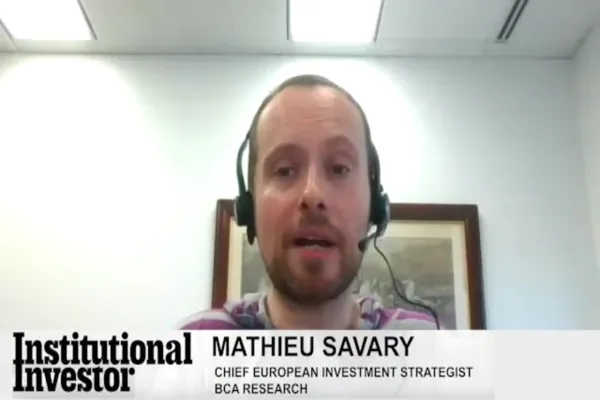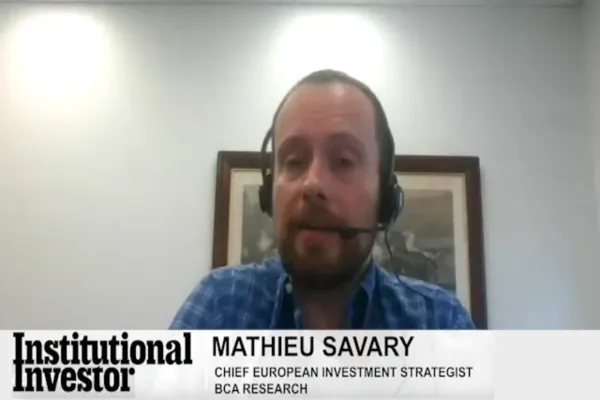Mario Draghi got to show off the European Central Bank’s gleaming new headquarters on Thursday, a striking glass tower that rises above Frankfurt’s remodeled former wholesale market. But although the setting changed, the message from the ECB remains depressingly familiar: The risk of recession and deflation is growing but internal divisions and political opposition continue to prevent the central bank from taking bold action.
Ever since Draghi uttered the words “whatever it takes” to a crowd of London bankers in July 2012, the ECB president has been a master of managing expectations. That short, unscripted phrase effectively banished fears of a breakup of the single currency and started a massive rally in sovereign bonds of euro area peripheral countries — all without costing the ECB a cent.
This past June, Draghi set investors’ pulses racing again by announcing plans for the ECB to make fresh liquidity injections into euro area banks and buy asset-backed securities. The central bank, he insisted, was determined to rebuild its balance sheet to boost the anemic economy and get inflation — dangerously low at less than 1 percent — back up toward its target of close to 2 percent. The economy continued to deteriorate in the fall, but that only fanned speculation that the ECB would soon resort to full-fledged quantitative easing, à la the Fed, and buy sovereign bonds. Call it the Draghi put. Feverish anticipation of a QE signal has preceeded the president’s regular press conferences in recent months, only for Draghi to disappoint. The image of Lucy pulling the football away from a hapless Charlie Brown comes to mind.
The combination of bold talk and timid action is wearing thin. It’s about time to lay to rest the myth of Super Mario.
I say this as someone who doesn’t doubt the ECB will eventually follow the Fed, the Bank of England and the Bank of Japan and embark on QE. But the process of getting there is proving so tortuous that it’s likely to blunt the measure’s effect.
The economic case for QE is about as compelling as it can get. The ECB on Thursday lowered its already grim forecasts, predicting that growth be just 0.8 percent this year and 1.0 percent in 2015; just three months earlier, it had predicted a recovery from 0.9 percent growth this year to 1.6 percent next. The central bank also slashed its inflation forecast for 2015 by 0.4 percentage point, to 0.7 percent, and for 2016 by 0.1 point, to 1.3 percent. Draghi acknowledged that even those numbers didn’t fully take into account the recent sharp drop in oil prices.
Yet opposition to the purchase of sovereign bonds, which Germany regards as an illegal monetary financing of public debts, seems to keep staying Draghi’s hand. The president insisted that QE was legal and potentially potent, and vowed that the ECB wouldn’t hesitate to override German objections — “we don’t need unanimity,” he said bluntly. The renewed hesitancy to act at a time of sputting growth and vanishing inflation suggests there may be more opposition within the governing council than the Bundesbank president, Jens Weidmann, and that Draghi fears the lack of a political consensus in EU capitals. He appeared to pour cold water on the idea that the ECB could move in January: Whether he’s setting up the market for a sucker punch or gathering his forces for action in March remains to be seen.
Even if Draghi can overcome the politics of QE, market expectations of its potential benefits appear unrealistic. Compare conditions in the euro area today with those that prevailed in the U.S. when Ben Bernanke took the QE plunge. Yields on 10-year Treasuries were 3.35 percent when the Fed launched its first bond-buying program in late 2008, at 2.63 percent when it initiated QE2 in November 2010 and at 1.77 percent when it began QE3 in September 2012. Those actions squeezed long-term rates to record lows for a sustained period, provoking howls from savers and hedge fund managers, but risk-taking by investors picked up, as did the economy.
Draghi can only hope for a similar effect. The yield on Germany’s benchmark ten-year Bund stands at 0.77 percent. Yield spreads across the euro area, both on sovereign and corporate credits, have shrunk to levels not seen since the early days of the 2008–’09 financial crisis. Yields on Spanish and Italian ten-year government bonds now trade comfortably below Treasuries, at 1.88 percent and 2.03 percent, respectively. The ECB buying bonds in these circumstances should weaken the euro, which European exporters would welcome, but otherwise it will be like pushing on a string.
The euro area’s problems are mainly fiscal and structural, not monetary. Addressing them should involve a combination of some stimulus by Germany, where domestic demand is weak and the capacity for pump-priming exists, and long-overdue structural reform in countries like France and Italy. What’s lacking is the political will to act and a degree of solidarity among member states, something the euro was meant to embody. Instead, EU leaders are leaving the new European Commission president, Jean-Claude Juncker, to improvise with his €300 billion infrastructure plan, which is long on ambition but short (at just €21 billion) on actual EU funding. Draghi aptly summed up that proposal at his press conference: “We have great confidence in the Junker plan,” he said. “Right now it’s the only initiative we have” on the fiscal side.
The new ECB tower that soars over Frankfurt’s Ostend district was intended to serve as a symbol — like the euro but in glass and steel — of European unity. The €1.2 billion headquarters took 16 years to go from concept to completion. At the rate things are going, it risks becoming a symbol of dithering by EU policymakers.






